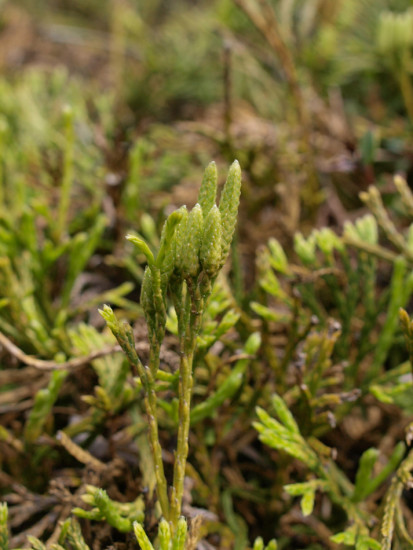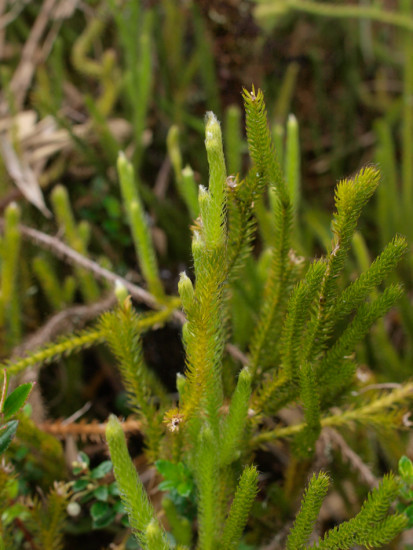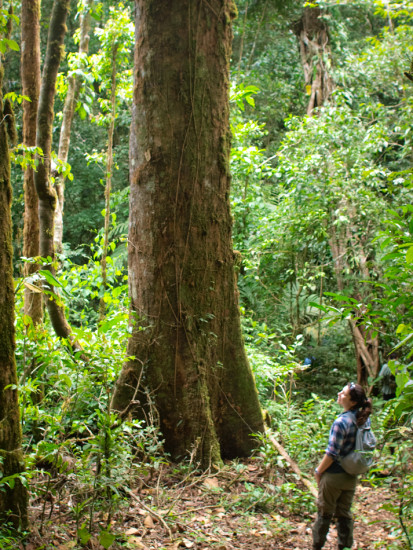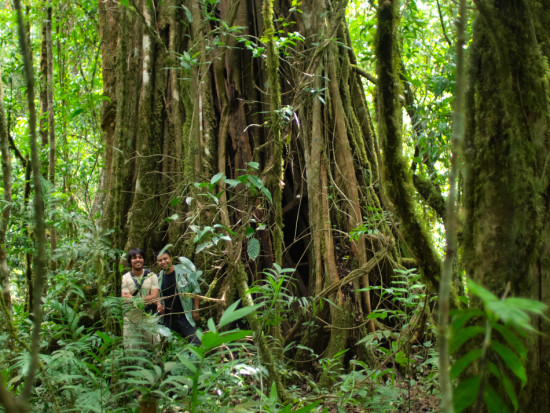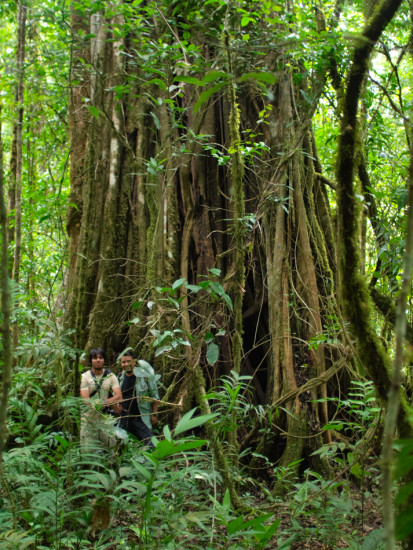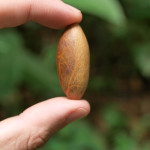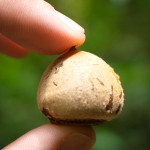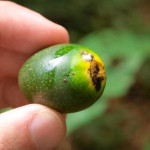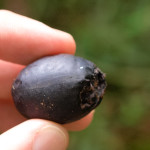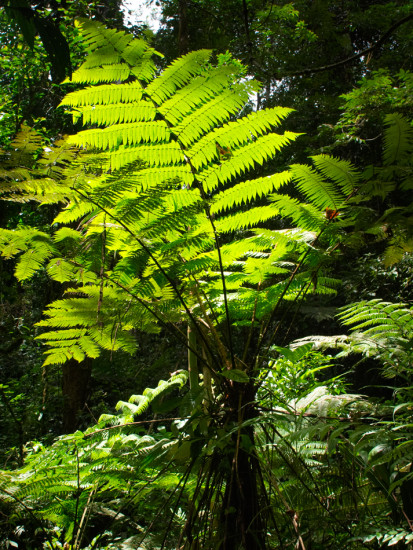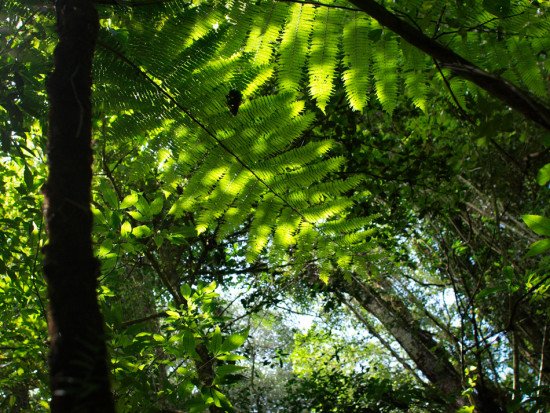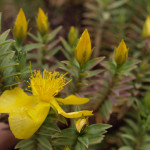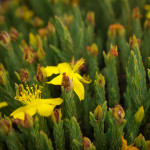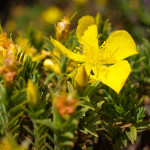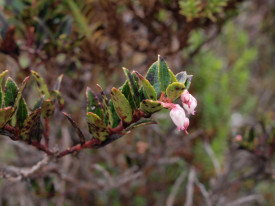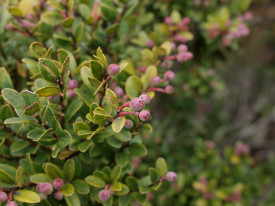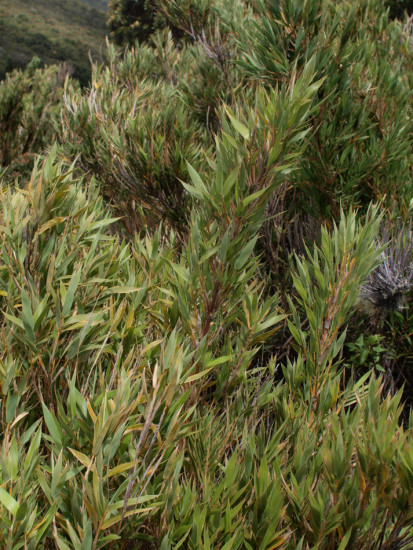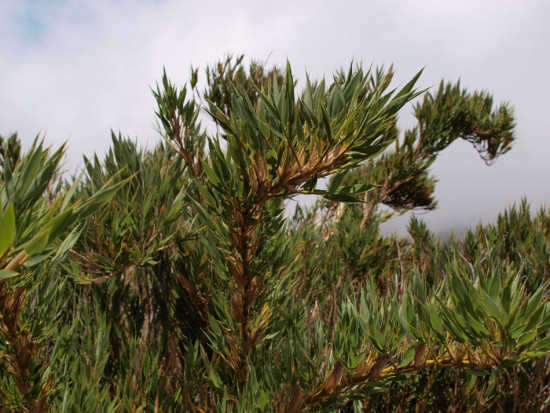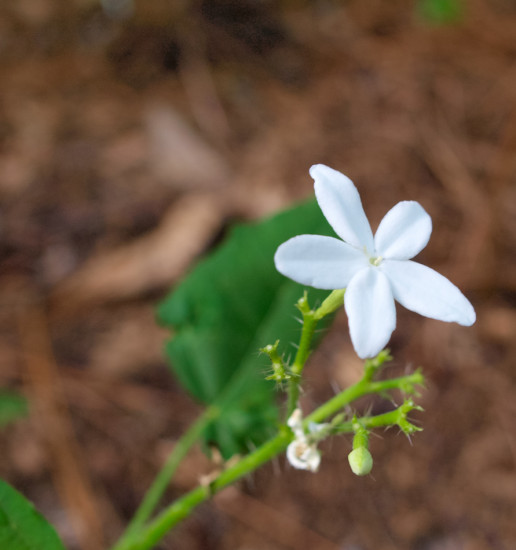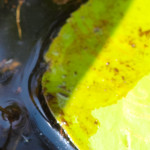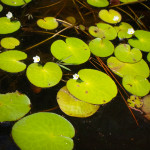Some lycophytes (likely Phlegmariurus talamancanus syn. Huperzia talamancana) at Cerro de la Muerte with sporangia producing strobili. Lycophytes are seedless vascular plants, and the strobili produce spores for dispersal and reproduction.
Tag Archives: Plants
Some large trees at Las Alturas
Lindsay, Juan, and Cristian enjoy some of the large trees of La Amistad International Biosphere Reserve.
Seeds from the forest
A few seeds/fruits from Las Alturas.
Tree ferns from Las Alturas
Tree ferns are a fascinating, diverse, monophyletic group of ferns in Order Cyatheales. From my anecdotal observations, they seem to thrive in wet secondary forests and some anthropogenically disturbed areas.
Many individuals have spines along their trunks and fronds, so while they look quite beautiful, especially from underneath, slipping around in the muddy under-story with them around is dangerous—I’ve reached for a few trunks, only to quickly pull back after a poke.
The individuals pictured here may be of genus Cyathea, as were the previous photographs I’ve posted.
Hypericum irazuense
A Costa Rican St. John’s Wort common in Paramo habitat, high in the mountains, above the tree line.
http://www.ncbi.nlm.nih.gov/pmc/articles/PMC3000602/
Two Ericaceae of Cerro
Unrippened blueberries and a relative from Cerro de la Muerte.
Bamboo of Páramo habitat
Some of the bamboo in the high elevation habitat at Cerro de La Muerte.
A wildflower
Solonaceae
Solonaceae was originally published on Montegraphia
Nymphaea of Georgia
I’m not sure what species of water lily this is, nor whether the small white flowers belong to it. My search led me to believe that the flower isn’t produced by the water lily, as it doesn’t appear that any Nymphaea or Nuphar produce similar flowers. Nuphar advena appears to be a common species in Georgia, but it produces robust yellow flowers, and Nuphar, if I remember correctly, often have less rounded leaves that extend out of shallow water.
The only water lily I’m familiar with in the US is Nymphaea ordorata, which was common is Ohio wetlands, but without the flower, I can’t confidently make an identification.

